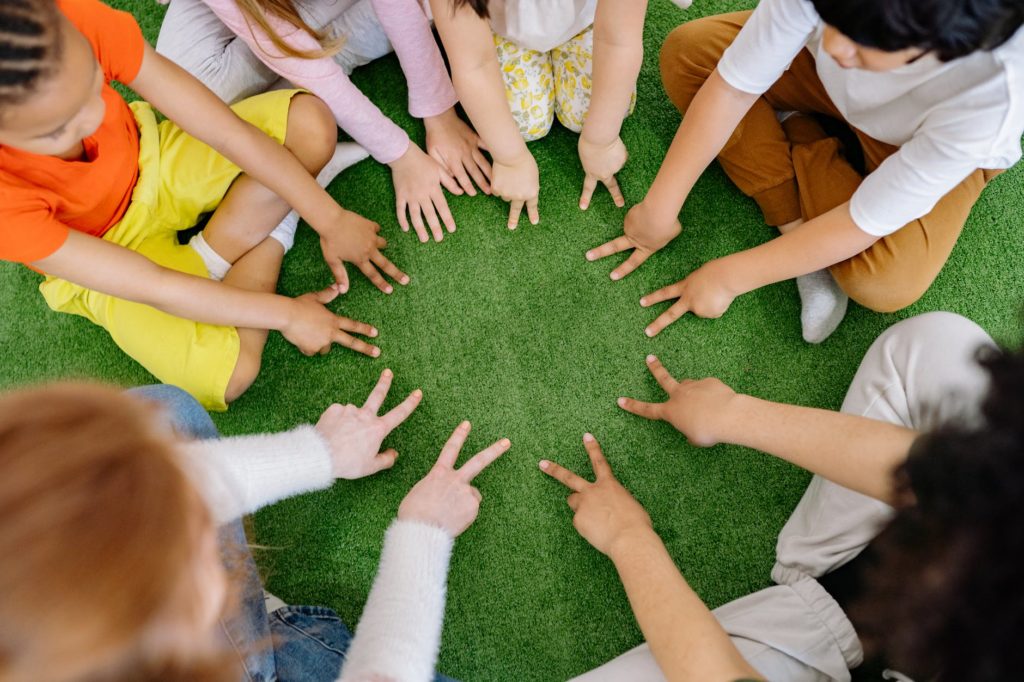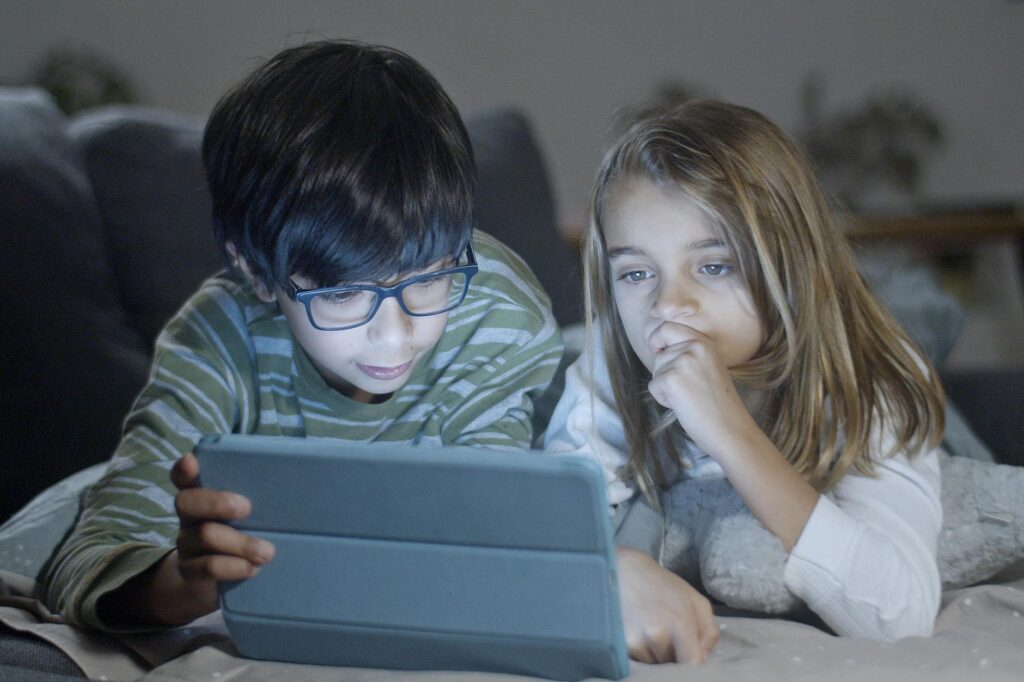My 7-year-old started public school this year, and you can imagine my fears and apprehensions. Parents always worry about their kids and hope that their school experience will be socially pleasant and academically enjoyable. As adults, we have specific ideas of what it means to have a good experience. We believe that it is essential for kids to make friends, treat others with respect, accept their differences, and embrace diversity.
What does ’embrace diversity’ even mean for young children? To our kids, that is just a bunch of Mambo Jambo. Kids don’t speak diversity because, for them, the world is one color. Now, let me clarify what that means. Little kids see color, but in their world, it’s all the same. They see race, gender, skin color, religion, accents, styles, personalities, etc., but it does not deter them from their interactions. They don’t call it out; they don’t name it; they don’t claim it diversity. They embrace everyone as one of them. You may say that there are exceptions, and it may be true, but I have not encountered such kids.
Recently, we ordered Chinese food, and my school-going kid was eager to use chopsticks, so I let her try it. She was thrilled to be able to use it independently and ate her whole meal with it. Later, she shared that she couldn’t wait to tell Emma that she ate noodles with chopsticks. As we continued talking, she shared that Emma brought chopsticks occasionally to eat her lunch and once showed her how to use them. At no point in her conversations with me did she ever share Emma’s ethnic background or appearance. I refrained from asking her the question. And am I glad I did? I could have asked her what Emma’s background was, what kind of food she ate, or even enlightened her about the different cuisines worldwide. These are good conversations and great ways to give your kid a mini cultural and geographical lesson. But Emma was her good friend, and my kid\’s association with her needed to come from her personal experience and not from me infusing her thoughts by calling out the obvious yet unnecessary facts. Emma is a good friend of hers, and she loves her dearly. She gets along with her; they eat lunch together and occasionally play in the playground. And my kid can love her for all of that.
We parents need to talk to our children about what diversity is at the right time and when it matters. We can talk about diversity when we read books or teach them a lesson on history. We can speak to our children about inclusiveness when we do not see them model that behavior. But more importantly, we need to self-reflect and remind ourselves that we need to be more inclusive and accepting of others and sometimes learn these essential lessons from our little ones.



